Tim Chadwick‘s series “Fluidity” looks, for all the world, like it was painted… not photographed. Abstract long-exposures of waves breaking, captured in low-contrast black & white, seem more like strokes of paint on a canvas than light on a sensor.
It’s this quality that drew us to the series when Tim first emailed us, and so we sent him a few questions to see what the story/message behind these shots was, what inspired them, and how he captured & post-processed them.
Here’s what he had to say.
500PX: Can you tell us a little bit about yourself and your journey as a photographer?
TIM: I have always had an innate desire to be a visual artist—I just didn’t know how. When I picked up a camera, I instinctively knew I had found the creative outlet to visually express the connection I have to the natural world around me. Ultimately, my photographs are a representation of how I see this natural world and, for me, this is the only real differentiator for all photographers—how you see.
In the field, I am always try to see my images as a series—in a sense, I want the images to relate to one another as a cohesive whole, but they also need to be good enough to stand alone.
On the rare occasions when the light and subject matter come together, my imagery reconfirms my existence.
What was the inspiration behind the Fluidity series?
TIM: I have always been intrigued by the ocean, and particularly waves. Waves can either be calming or very dramatic, but I think they always convey raw energy and are powerful in nature—in centuries past, people believed that as the sea was most powerful natural phenomena, the gods were to be found under the ocean. I too am drawn to this power, so in a way when I am shooting seascapes, I am looking for God (on a grand scale, this is how I approach all my photography).
This series was taken in Paternoster (which is in the proximity of Cape Town, South Africa) over 2 days. The weather was overcast and misty, with low lying cloud and diffused light, making conditions ideal to capture the movement of the waves and the tonalities of the water. It was clear to me that these images would really come alive in black and white, as they almost looked black & white in the viewfinder. When I pressed the shutter I felt a deep sense of humility in the presence of such energy and infinite beauty. I found God in that moment.
Would you mind walking us through how you captured the photos?
TIM: Through a process of trial and error, I found an angle to take these images which, for me, would give the waves dimension and perspective. I found being as side-on to the waves as possible worked.
I was waist deep in sea water, so without my water proof gear, this series would never have materialized.
I used a telephoto lens at maximum focal length (560mm) on a tripod. The shutterspeed was the crucial aspect—I used a range of 1/3 second to 1/6 of a second to get the effect I was looking for.
What about post-processing?
TIM: I used NIK Silver Efex Pro 2 software to process this series. I experimented with the contrast sliders to bring out the tonalities and then added bit of structure and fine structure to finish the images off.
What kind of challenges did you run across while creating these photos?
TIM: The biggest challenged I faced was trying to ensure my lens did not get wet and, despite my best attempts, this still happened on a few occasions when a rogue wave surprised me.
The other significant challenges were waiting for the right light to get the shutterspeed to the level required, and becoming so engrossed in making the image that I on the odd occasion forgot I was standing waist deep in sea water surrounded by rocks and waves!
Is there a ‘purpose’ or ‘message’ behind the series?
TIM: The Fluidity series of waves in motion is a metaphor for the variable flows of life, with all its twist and turns.
When I stood there taking these images, I knew that new beautiful wave shapes were forming behind me that will never be captured, that will never be seen again. There was something profoundly magical about that.
This perpetual motion is what draws me back to the sea and was the vision behind these images.
Capturing the divine in the motion of waves breaking—a beautiful goal if we’ve ever heard one. To see more from Tim, give him a follow on 500px or check out his website. And don’t forget to let him know what you think of Fluidity in the comments down below.







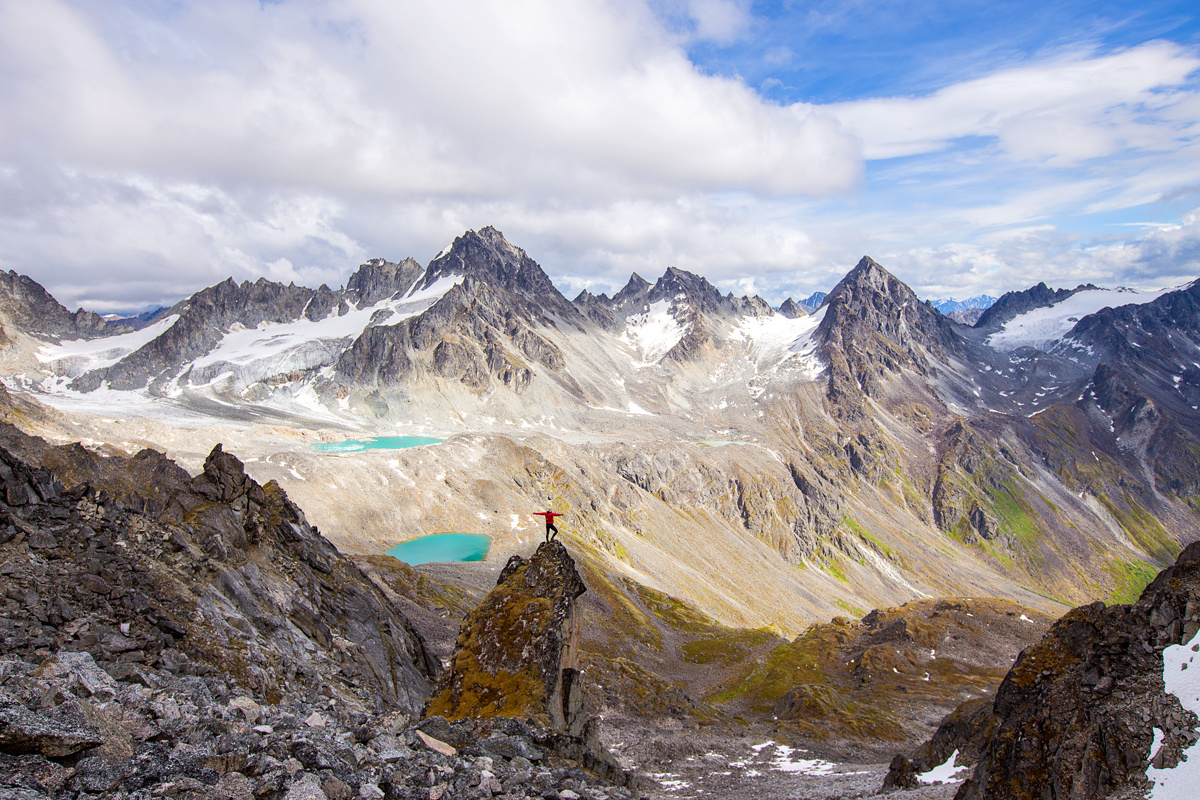
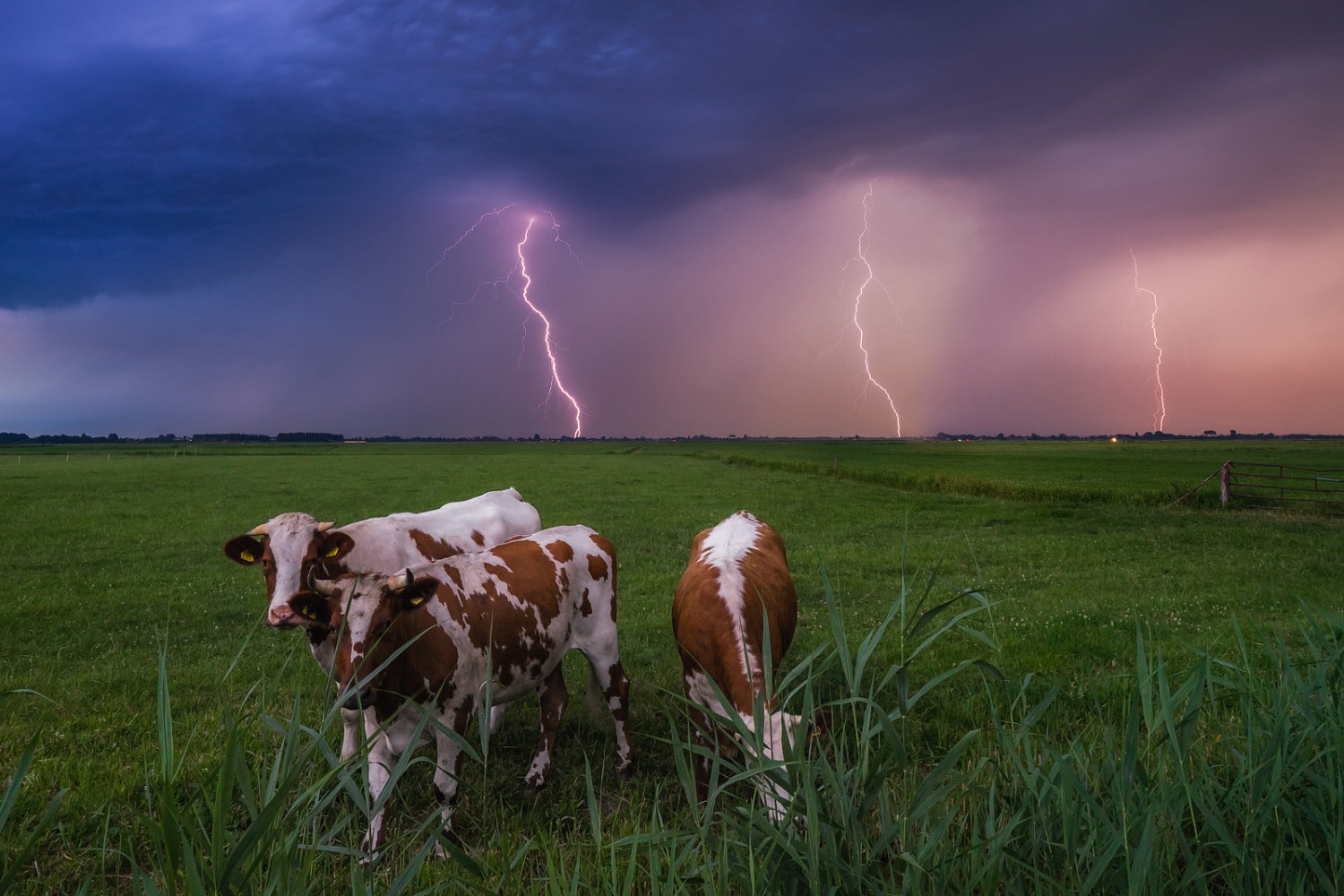
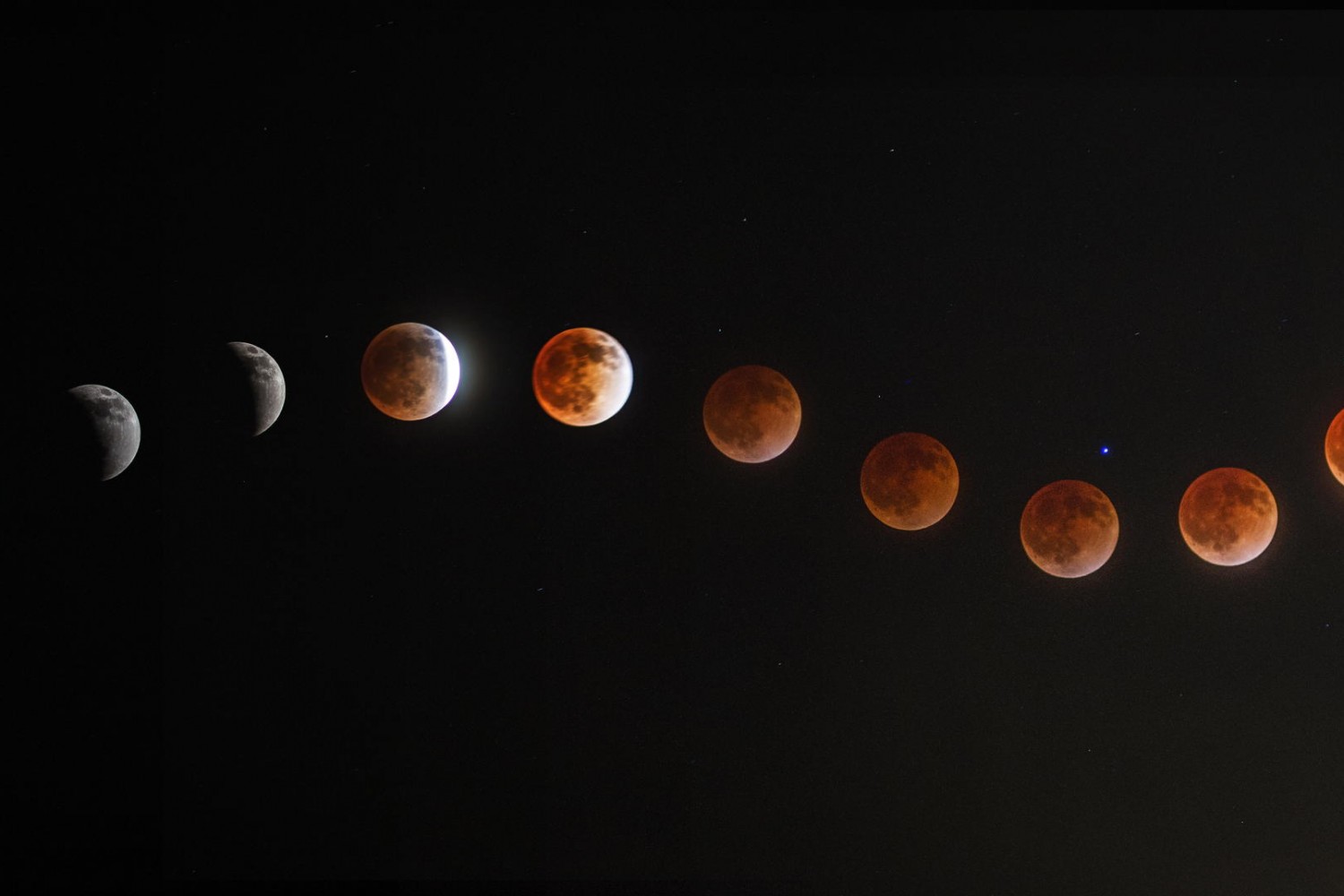
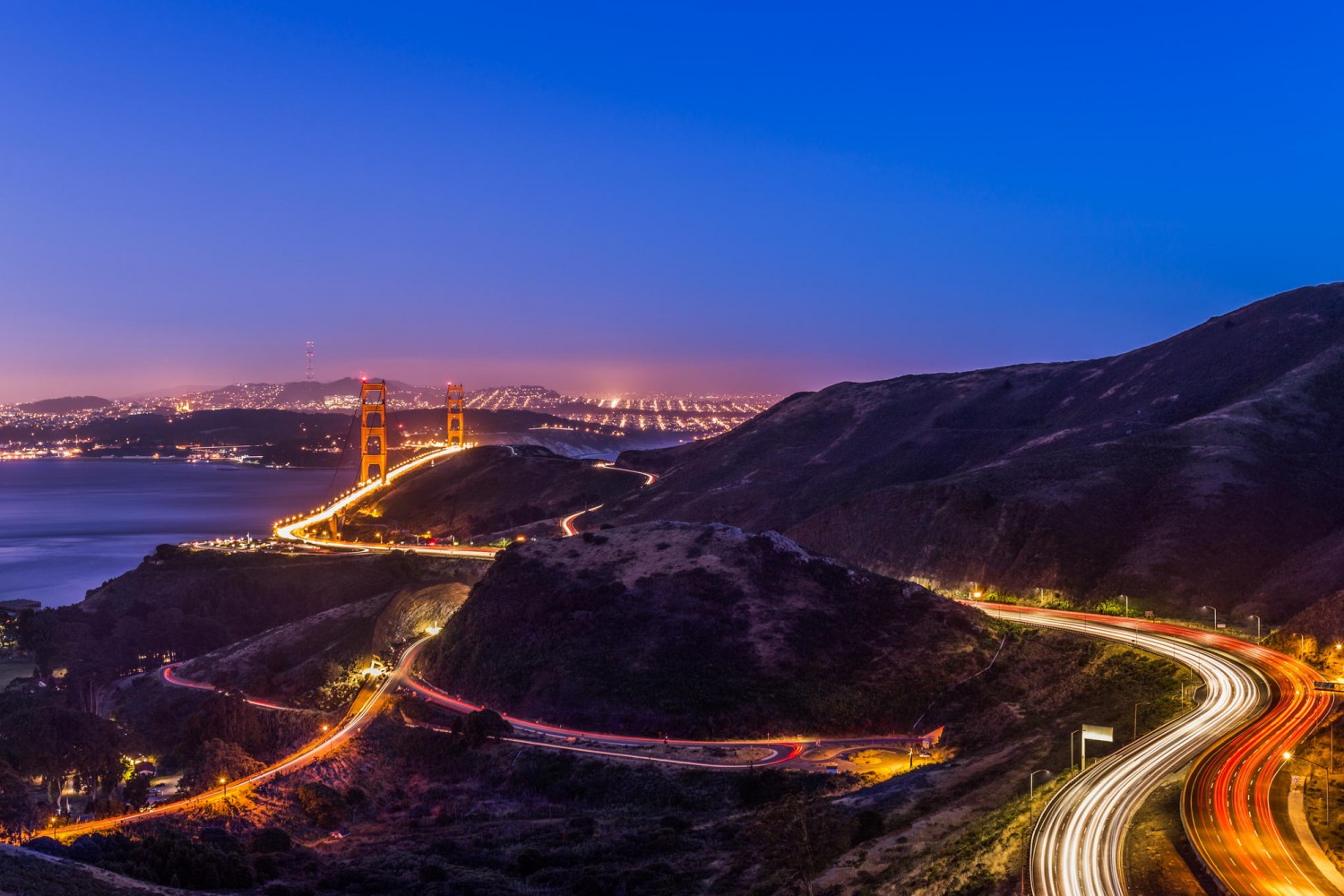
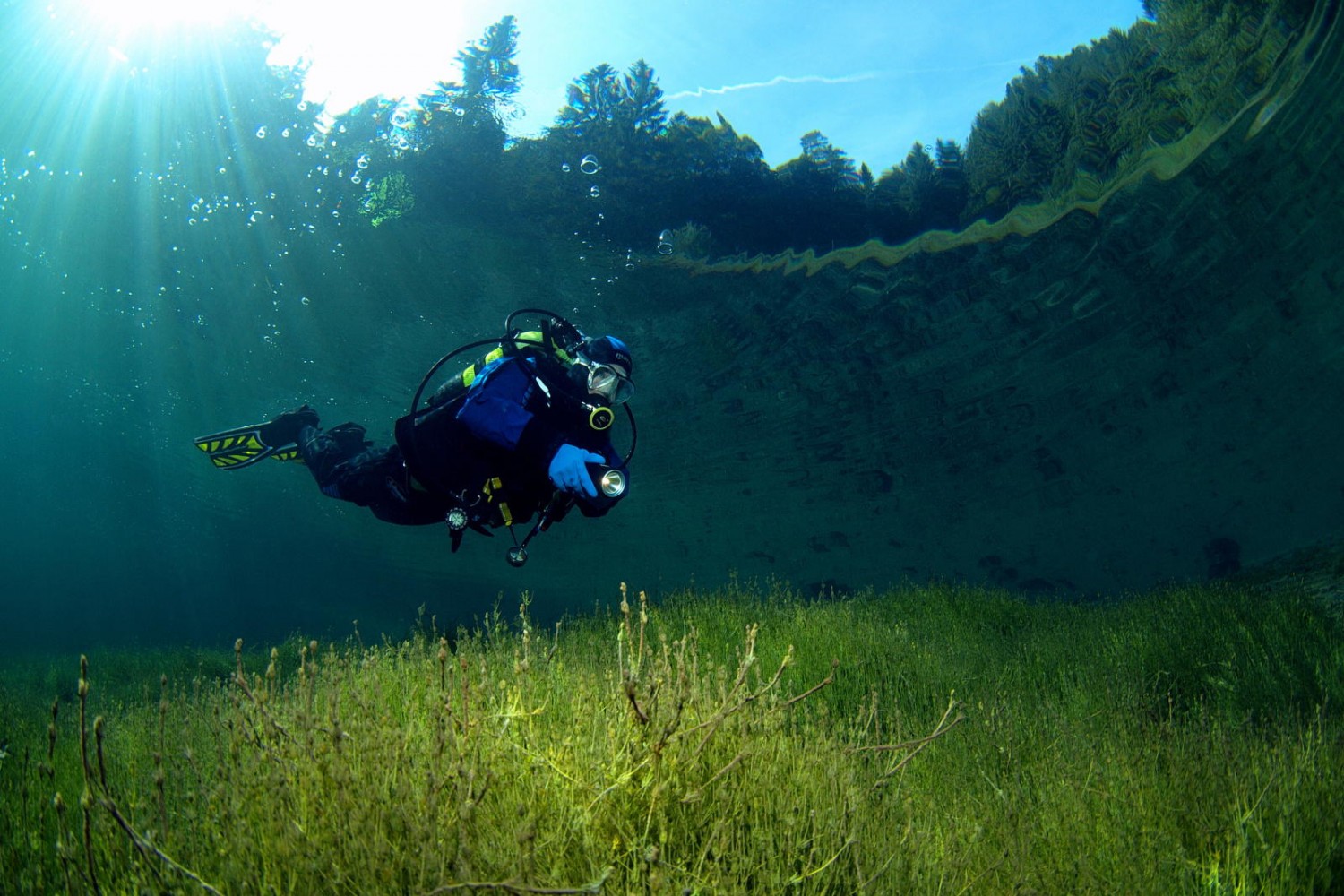
Leave a reply